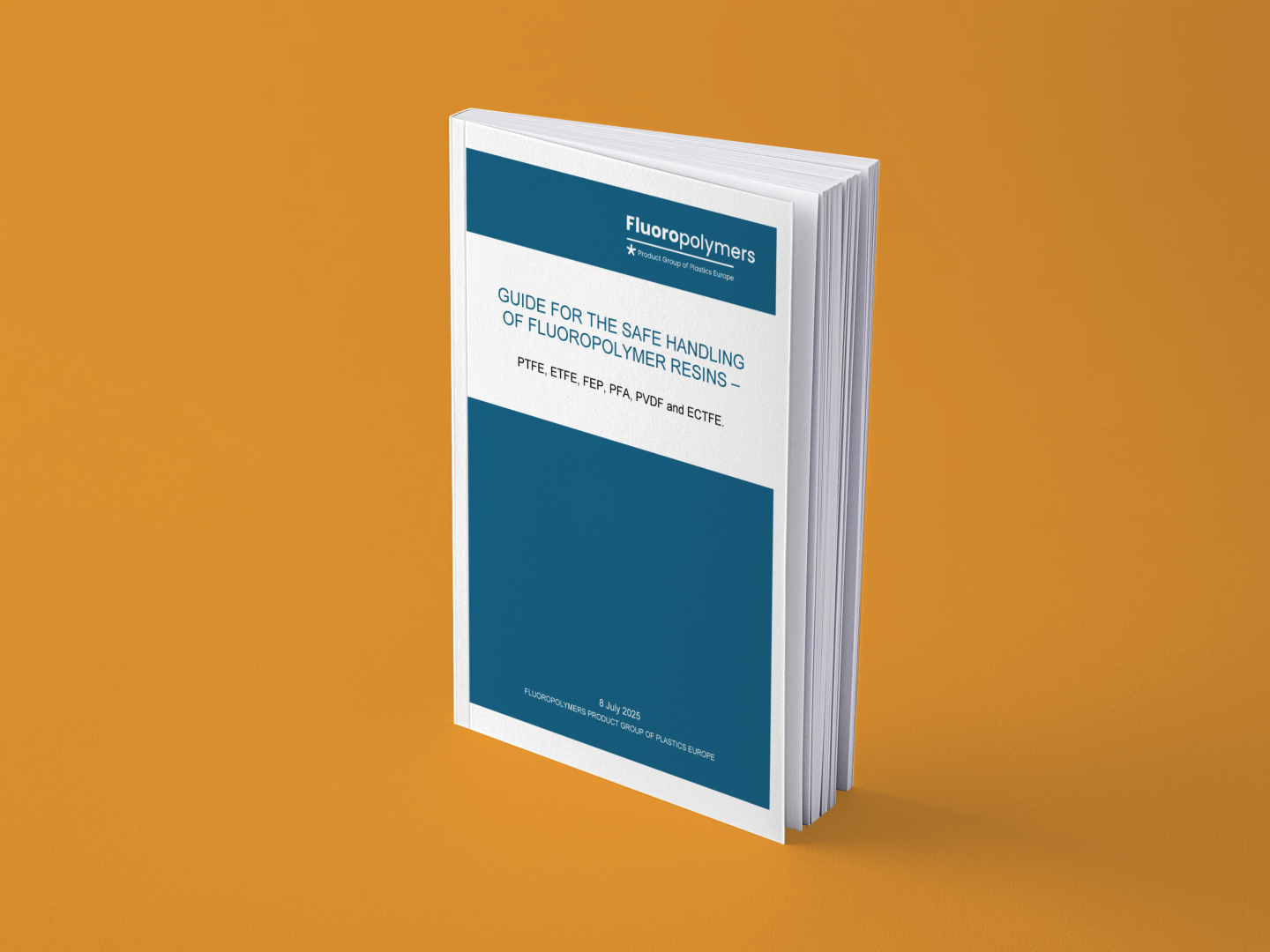FPG Guidelines for the Safe Use of Fluoropolymers
The FPG group of Plastics Europe publishes a comprehensive guide for the safe handling of fluoropolymer materials.

As hose manufacturers using these specialized components, we are always concerned about safety and the environment and we are happy to share this useful information. Plastics Europe's Fluoropolymers Product Group (FPG) recently published an updated guide for the safe handling of fluoropolymer resins.
The document, entitled "Guide for the Safe Handling of Fluoropolymer Resins" was developed in accordance with Plastics Europe's competition rules and is intended to provide crucial information for those working with these materials.
The guide addresses several key safety aspects, from processing to waste management.
Key Points of the Document
- Resin Types and Properties: The resins treated include PTFE, FEP, PFA, ETFE, ECTFE, and PVDF, each with its own unique thermal properties, such as melting points and processing temperatures. Although fluoropolymers are known for their thermal stability, decomposition can occur at elevated temperatures and can be accelerated by additives such as metal powders. For this reason, it is essential to avoid overheating.
- Impacts on Health and the Environment: Fluoropolymer resins are generally low in toxicity and are not classified as hazardous under European regulations. However, hot working can generate fumes that, if inhaled, can cause a temporary flu-like illness known as "polymer fume fever”. The guide emphasizes the importance of adequate ventilation and prohibits smoking in work areas to prevent inhalation of contaminated particles. Decomposition products may include fluoroalkenes, hydrogen fluoride, and carbon monoxide, the toxicity of which varies.
- Safety Measures for Processing: The guide recommends a risk assessment for each specific activity. For hot work, such as sintering and melt extrusion, adequate ventilation is essential to prevent the accumulation of potentially toxic gases and material blowback. During welding, hydrogen fluoride is generated in significant quantities, requiring complete skin, eye, and respiratory protection.
- Waste and Emissions Management: Recycling is the preferred option for fluoropolymer waste. For materials that cannot be recycled, incineration in industrial facilities is the recommended disposal option, as recent studies demonstrate that controlled combustion does not generate measurable levels of hazardous PFAS. The guide also provides details on air and water treatment technologies to control emissions of particles and degradation products that may occur during processing.
For full details and to correctly interpret the guidelines, please refer to the original document, which contains all the necessary clarifications.
Download the complete guide for in-depth, detailed information on safe handling practices.